What are Europe's biggest cities? We list the ten largest cities in Europe, starting at number ten. Which city would take the top spot on the list was not obvious, as it depends on how you count.
Table of contents
What are Europe's largest cities?
Europe's largest cities may be small compared to the world's largest cities, but they are still big! We have listed the ten largest cities, starting with the tenth largest. Size in this case means population and we have taken the population of the city itself, not the entire metropolitan area.
Europe's largest cities, from 10 - 1
Here is the list of Europe's ten largest cities. We start at number 10 and count down to number 1 - Europe's largest city!
10. Bucharest
The capital of Romania, Bucharest, ranks 10th with 2.1 million inhabitants (2016). Surveys show that the population increased until the 1990s, but the number of inhabitants has decreased slightly since then. The question is how long can Bucharest hold the number ten spot? Minsk, Hamburg and Vienna are not far behind with around 1.9 million inhabitants in each city.
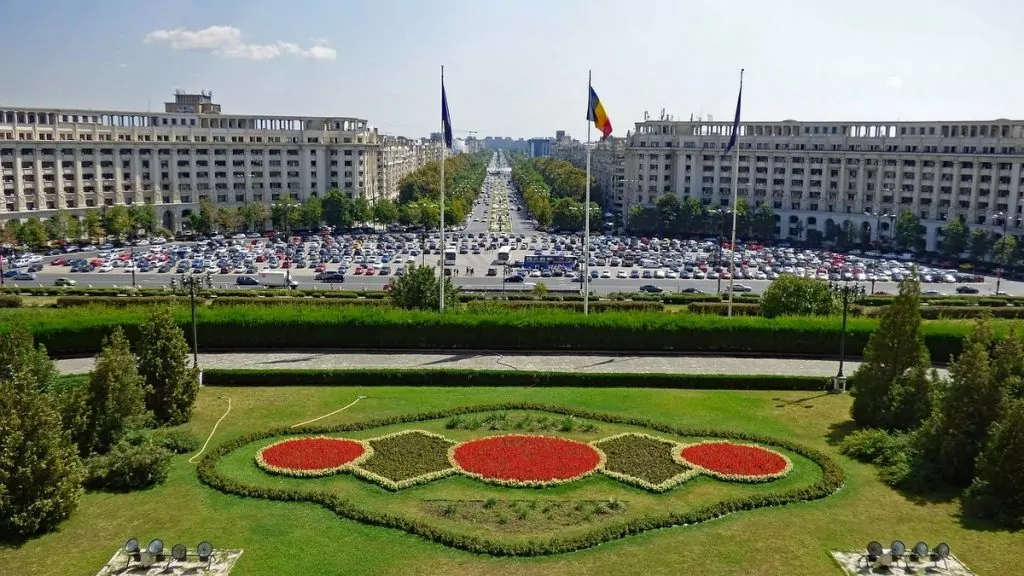
9 Paris
France's capital city just misses Bucharest, with just over 2.1 million inhabitants (2019). If you count the region around Paris, with its suburbs, the situation is different. Paris has almost 11 million inhabitants. The number of inhabitants also increases slightly every year. I (Helena) stopped here on my way to my language course in Bournemouth as a 14-year-old - long before the days of digital cameras.
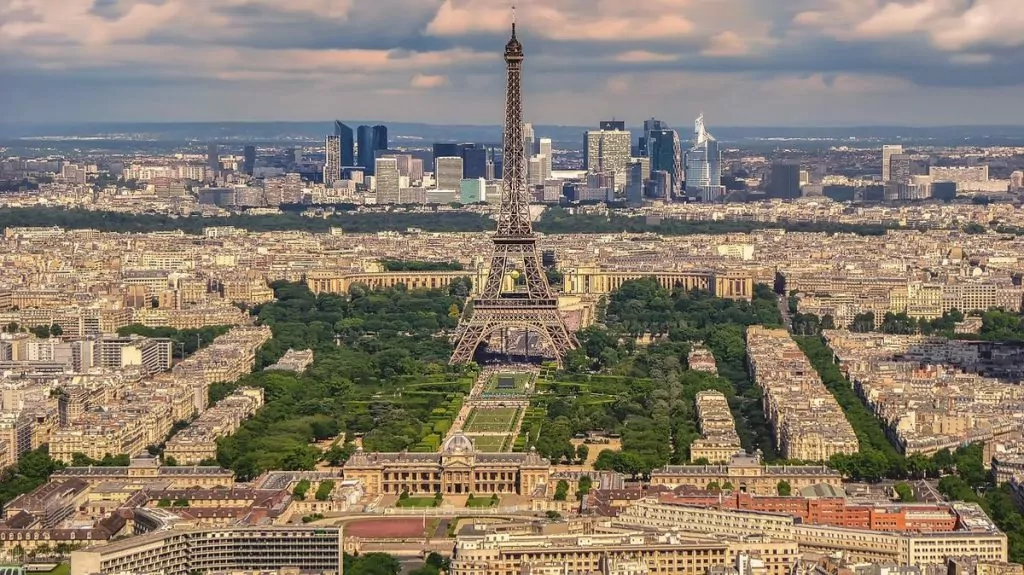
8th Rome
The 8th largest city in Europe is Italy's capital, Rome with just over 2.8 million inhabitants (2018). If you count the entire region around Rome, including its suburbs, Rome is smaller than Paris, with 4.2 million inhabitants. The population of Rome is also growing. We visited Rome in 2017 and fell in love with this charming city, which feels homely despite its size. You can also be fascinated by both Colosseum and of Vatican City - the smallest country in the world.

7th Kiev
In 7th place comes Ukraine's capital Kiev with over 2.9 million inhabitants (2019). Kiev is a city that has experienced both ups and downs over the years. In terms of population, the city has mostly grown, apart from a minor decline in the 2000s. Now the number of inhabitants is increasing again. We've celebrated New Year here twice (2009/2010 and 2011/2012) - a great city!
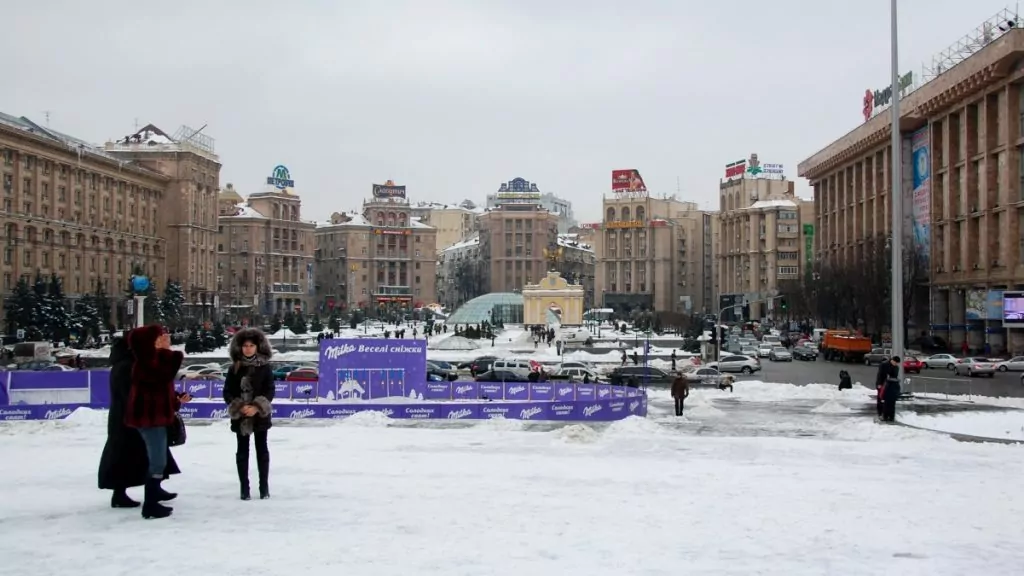
6. madrid
With 3.2 million inhabitants (2018), the Spanish capital, Madrid, is the sixth largest city in Europe. If you count the entire metropolitan area, around 6.5 million people live here, making Madrid one of the largest metropolitan areas in Europe by far. And the population is constantly growing. We have never been here yet, even though we have visited Spain many times.
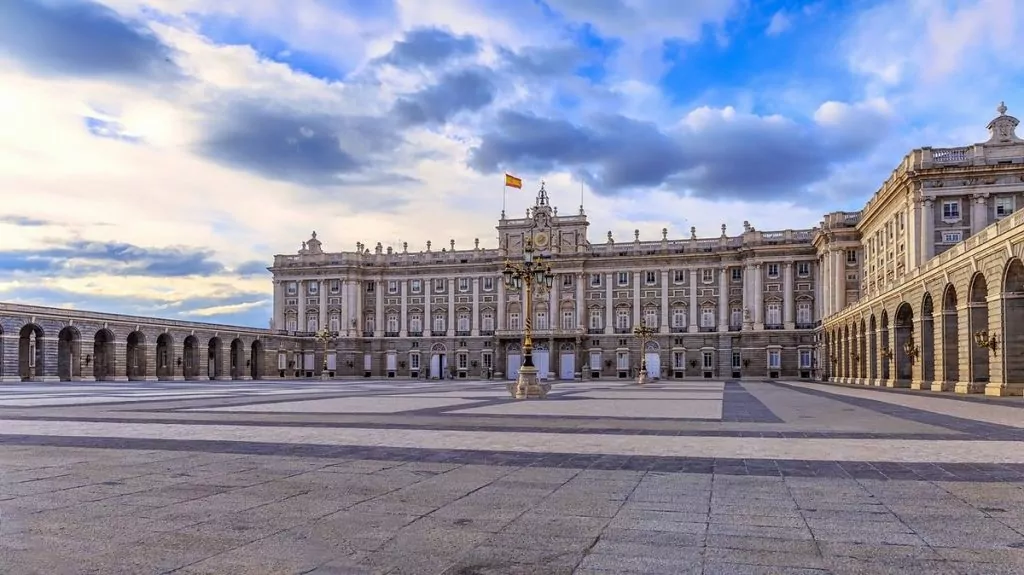
5th Berlin
In fifth place is the German capital Berlin with 3.7 million inhabitants (2018). Including suburbs, the city has around 4.6 million inhabitants. Berlin's population decreased between 1950 and 1980, but since 1985 the population has been increasing. We have been talking about visiting Berlin for many, many years, but it hasn't happened yet. However, we have visited beautiful and charming Potsdam, which is just outside.
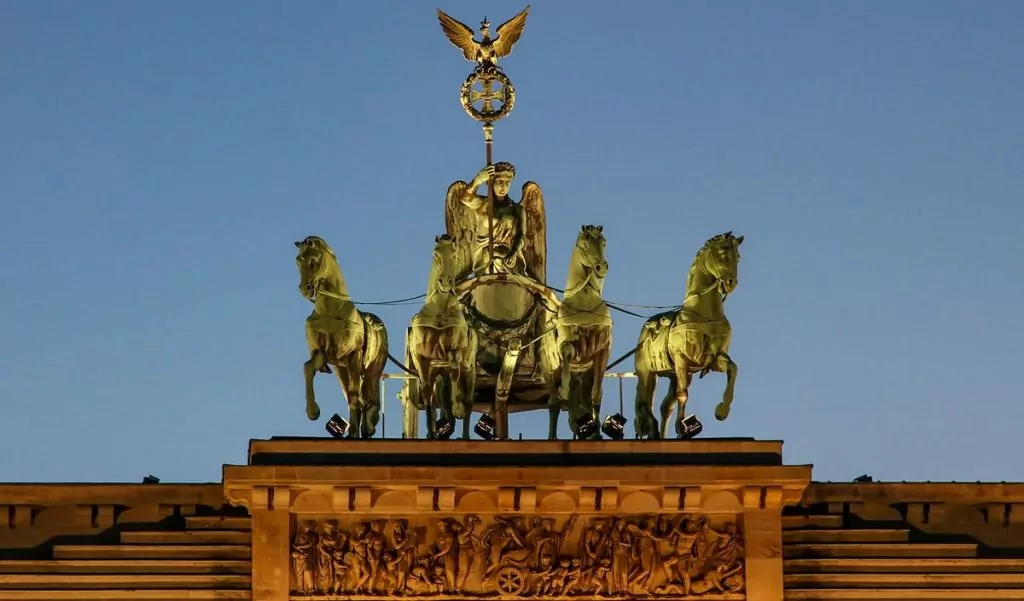
4th St Petersburg
One of two non-capital cities on the list is St. Petersburg, which rises to fourth place with its 5.3 million inhabitants (2019). The city is ranked as the 50th largest city in the world, and the population is increasing a little each year, both due to migration and an increase in the number of children born per woman, which is now 1.6. We'd love to visit this city at some point - perhaps on a cruise?
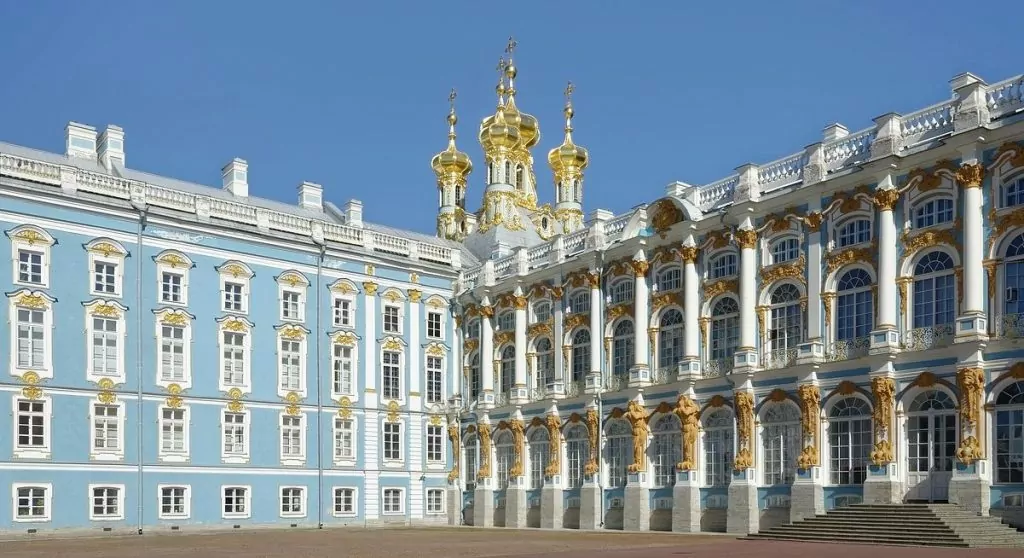
3. london
London is sometimes even considered the largest city in Europe, if you exclude Moscow and Istanbul. Including both of these cities puts London in 3rd place with 9.1 million inhabitants (2018). London is much larger than the second largest city in the country, Birmingham, which has only 1.1 million people. The population of London is also growing steadily. I (Helena) made a short visit here during my language course as a 14-year-old ...
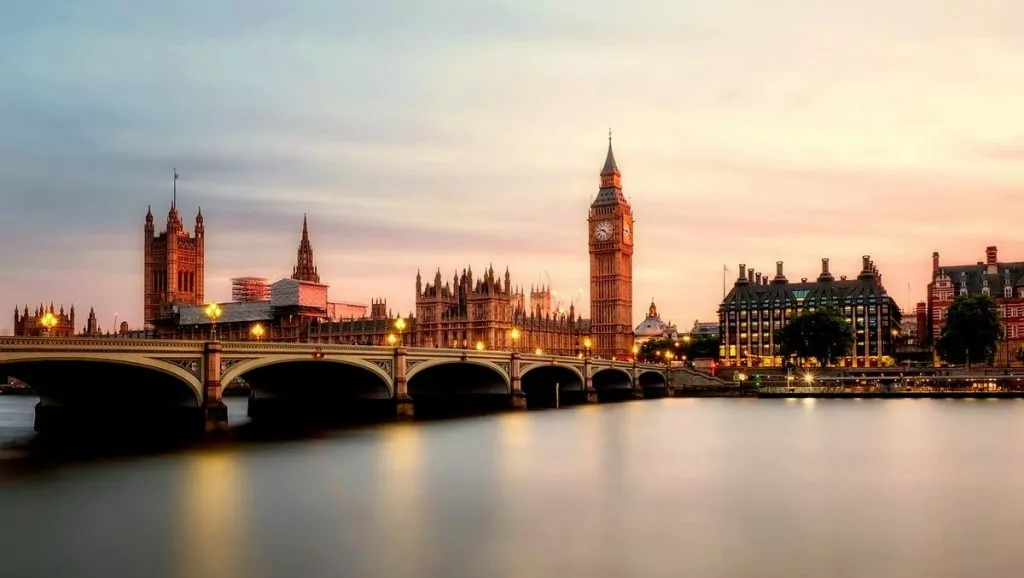
2. Moscow
Russia's capital Moscow Moscow is the second largest city in Europe, with over 13.1 million inhabitants (2017) and, according to some sources, the population may be significantly higher due to illegal immigration. Apart from a decline in the 1920s, the population of Moscow has been growing steadily. We visited this fascinating city for a few days before leaving on the Trans-Siberian railway against Beijing in 2006.

1) Istanbul
At number 1 comes Turkey's largest city Istanbul with an impressive 15 million inhabitants (2017). The city has grown rapidly over the last hundred years and continues to grow. Istanbul feels like an exotic and really exciting city, which we hope to visit at some point in our lives!
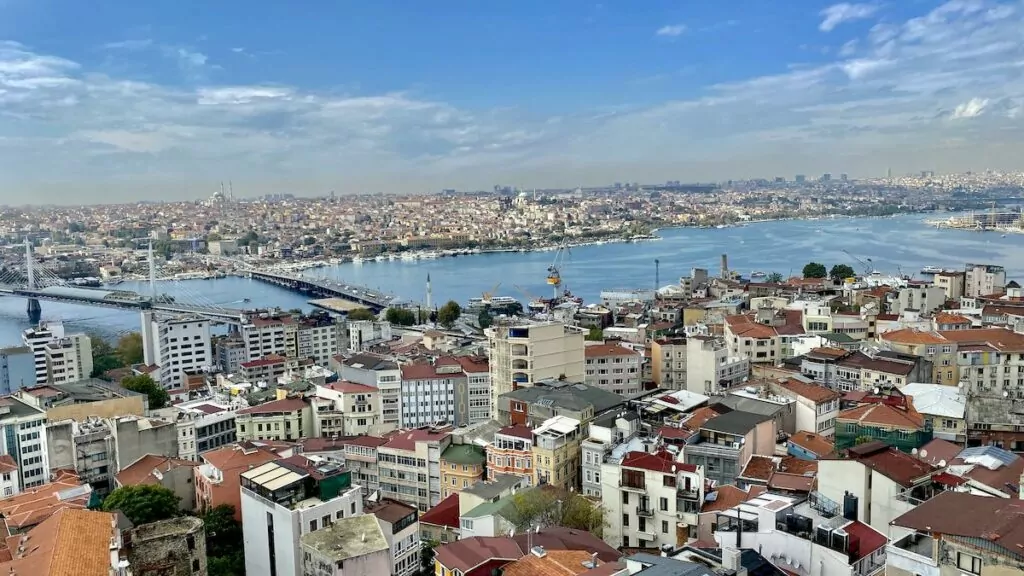
What are Europe's biggest cities ... really?
If you google 'Europe's largest city', you may get different answers. This is not so much because the number of inhabitants changes so dramatically, but rather because different judgements have been made about which cities belong to Europe.
Europe's largest cities according to various lists
In our list, Istanbul comes in at number 1 and Moscow at number 2. Both countries where these cities are located (Turkey and Russia) are on two continents, both in Asia and Europe, so some lists have chosen to exclude them. If you do this, London is Europe's largest city. Counting as we have done here, Istanbul is Europe's largest city.
Europe's largest cities by area
When people talk about Europe's largest cities, they usually mean by population, but it is also possible to compare cities by area. If so, Istanbul is also the largest, with an area of 5 343 square kilometres in the entire municipality. Another large city is Belgrade in Serbia, which has an area of 3 227 square kilometres in the municipality.

The world's largest cities
Europe's largest cities may be big, but compared to the world's largest cities, they are of course much smaller. The world's largest city is Tokyo, with around 37 million inhabitants. A list of world's largest cities - top 10 you will find on the blog 4000 miles. We can tell you that many of these are in Asia.
On the same blog you will find a list of the world's largest airports. The most intensive airports are in the US, Asia and Europe, and perhaps it is not surprising that Istanbul airport (Europe's largest city!) is referred to as a rising star among the major airports.

Which of Europe's largest cities have you visited?
We have visited five of Europe's biggest cities ourselves (Paris, Rome, Kiev, London and Moscow). How many - and which ones - have you visited? Which one(s) is your favourite?
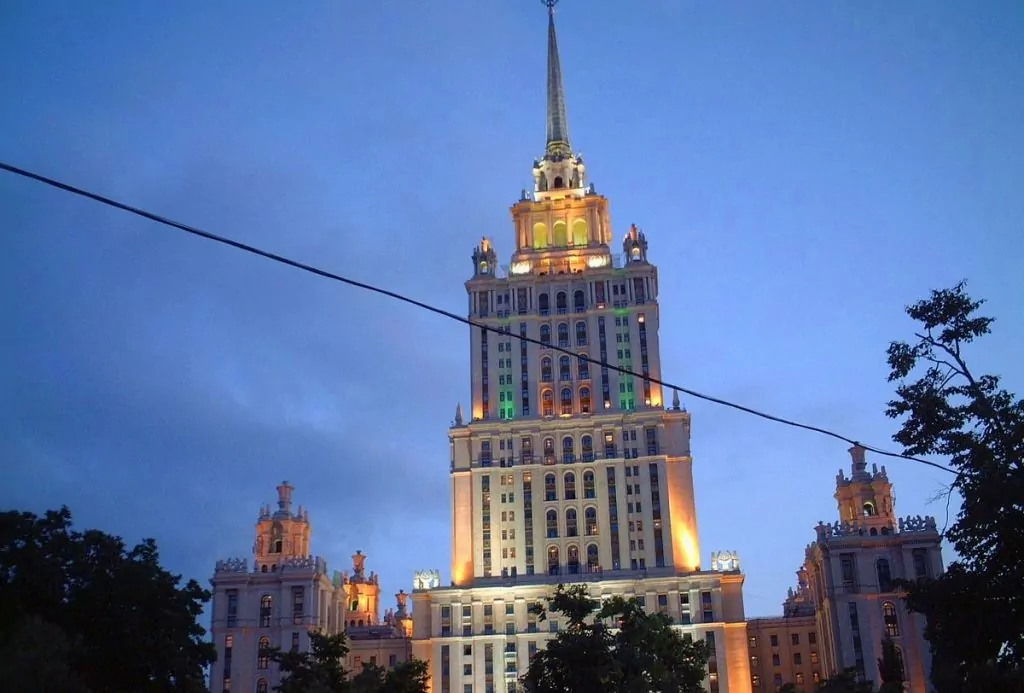


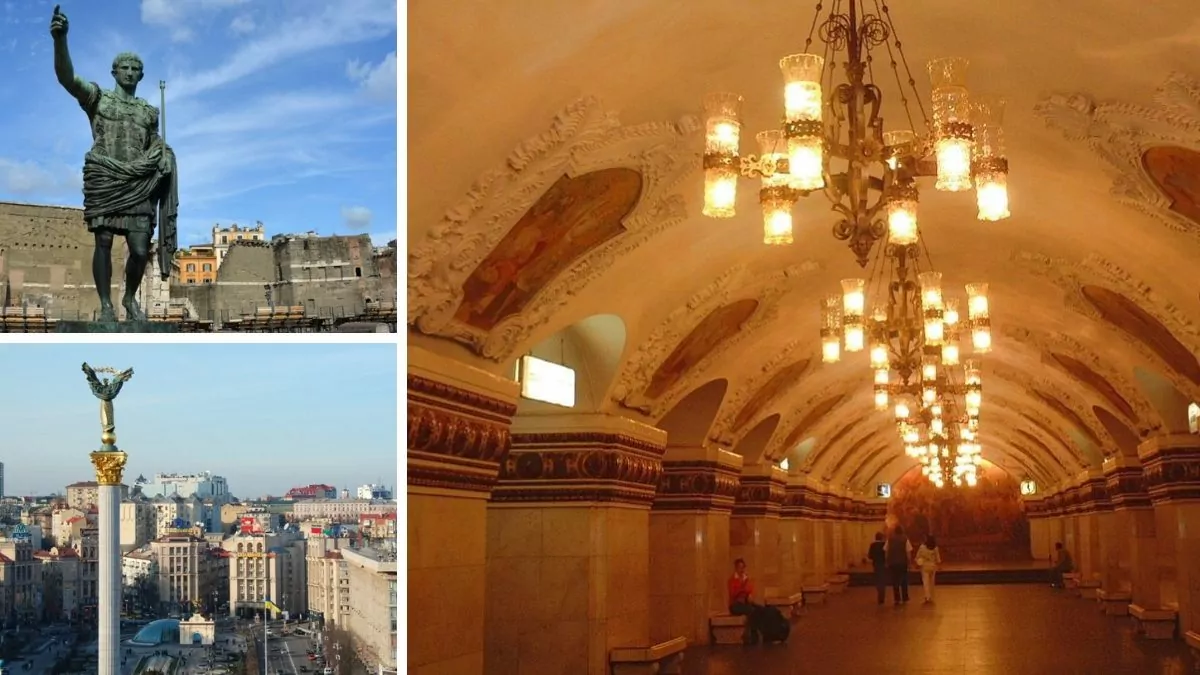






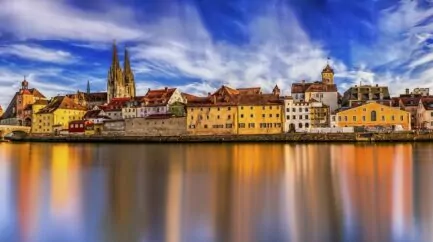
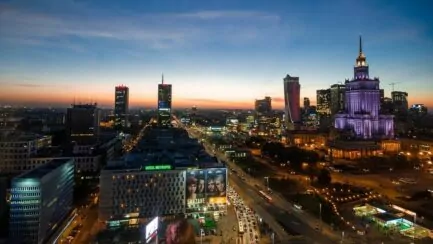
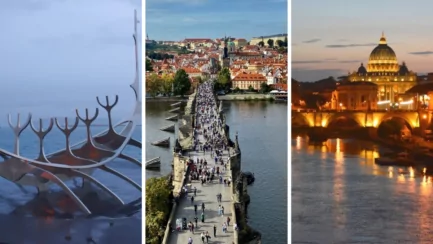


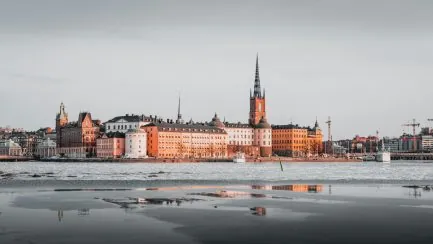



Marina says:
Good morning from Östergötland
Not to be a word police, but the capital of Turkey is Ankara.
I have been in
Copenhagen, Oslo, Nicosia, Ankara (and Istanbul), Prague, London, Paris, Luxembourg, Amsterdam, Berlin, Bucharest, Madrid, Budapest, Lisbon and Brussels.
No. 1 Berlin, 2nd Amsterdam and 3rd Prague
27 March 2019 - 7:11
Helena says:
Good morning Marina, and of course you are right! Careless mistakes that have crept in from my side! You can be the word police and I am grateful for these corrections. Errors creep in sometimes, and I want to correct them, preferably as soon as possible 🙂 Istanbul is Turkey's largest city and nothing else! Corrected now! 🙂 See that you listed capitals, and you have managed to do a bunch of them! I actually do not know how many of Europe's capitals we have visited, but I may have to count! 😉 In this post, we listed Europe's largest cities, whether they are capitals or not, but of course many are!
27 March 2019 - 7:55
Ann says:
8, 6, and 3 I have visited. I would love to go to Istanbul 🙂 .
27 March 2019 - 7:16
Helena says:
Doesn't Istanbul sound like an exciting city? 🙂
27 March 2019 - 7:56
Travelsis says:
What a great list! We have not yet visited Kiev and St Petersburg. Our favourites are Rome and Istanbul, but also Madrid which surprised us with fantastic food and lovely restaurants. / Magdalena and Pernilla
27 March 2019 - 8:24
Helena says:
We like Rome too! Glad to hear you like Madrid and Istanbul! 🙂
27 March 2019 - 10:30
Only British says:
Moscow is obvious for a city in Europe, but Istanbul is a divided city and thus more debatable. I would love to go there. My list would probably be longer about Europe's smallest capitals because I have visited many of them. Here it's just Rome, Berlin, Paris and London even though I've also lived in one of them. Now I will find a fun graphic for you.
27 March 2019 - 8:38
Helena says:
Yes, you are probably right that Istanbul is more debatable than Moscow, but we made a decision and included Istanbul as well. Sounds interesting with the graphics! 🙂
27 March 2019 - 10:33
Across the board says:
Rome and Berlin are two wonderfully accessible cities that don't (in my opinion) feel like big cities, perhaps because you can see so much on foot and/or by bike.
27 March 2019 - 8:54
Helena says:
Agree that Rome doesn't feel nearly as big as it is! Haven't been to Berlin ...
27 March 2019 - 17:02
Kenneth Risberg says:
Visited Istanbul in 1999 when I did a cruise in the Mediterranean. There is a lot to see and a bustling crowd. Then it was St Petersburg a few years ago, also an interesting city. Even then on a cruise.
27 March 2019 - 9:36
Helena says:
Both of these places seem very exciting! 🙂
27 March 2019 - 17:03
Britt-Marie Lundgren says:
I realised that I had visited six of the cities on the list.
- Istanbul, Wonderful mix of modern-old and European-Arabic.
-London, one week in year 9, (almost 50 years ago). Time for a return visit?
- Berlin, a lovely city where you can go many times.
- Madrid, a couple of times conference combined with holiday. Better than I thought before.
-Rome, together with Istanbul outstanding. Lovely atmosphere...
-Paris, just a few days at a conference + one day of holiday. Time for a return visit.
Then Lars has visited St Petersburg (where I want to go) and can't imagine going there again.
Many of the cities on this list are perfect destinations for a long weekend.
27 March 2019 - 9:47
Helena says:
It was not bad! 🙂 Istanbul sounds sooo exciting! 🙂 London feels a bit the same to me, very long ago 😉.
27 March 2019 - 17:11
Ama de casa says:
Of these cities, I have visited Paris, Rome, Madrid, Berlin and London.
When I was a kid, they merged five municipalities into one, making Skellefteå the second largest city in the world after Kiruna. I was insanely proud of this! But then, of course, it was not about the number of inhabitants but the area.
In retrospect, I wonder if it really was "the world's largest"... Maybe it was "northern Europe's largest" or possibly "Norrland's largest"? 😉
27 March 2019 - 10:01
Helena says:
Fun with Skellefteå, I had no idea! No matter which largest it was now ... 😉 😉
27 March 2019 - 17:14
Maria / Magnolia Magis says:
We usually try to avoid larger cities...;) However, we have been to Rome, London and Berlin of those on the list. Otherwise, several capitals that are not included: Vienna, Athens, Monaco, San Marino, Bern, Vatican City, Copenhagen, Oslo and Stockholm.
27 March 2019 - 10:44
Helena says:
When travelling by motorhome, we are also quite wary of big cities. We take one occasionally, but often we prefer smaller towns or the countryside. Interesting capitals you visited! Several that are very small! 🙂
29 March 2019 - 6:51
Ann-Louise Paulsson says:
I have visited three of the cities, Paris, Rome and London. And I would love to go to all the other seven, although I think St Petersburg is a bit more appealing. I'm also keen on Istanbul after seeing the TV programme about all the cats there.
27 March 2019 - 12:19
Helena says:
Cats in Istanbul? I haven't seen that ... 😉 ...
29 March 2019 - 6:52
Ann-Louise Paulsson says:
The programme is called "Kattfilmen" and is usually available on SVT Play from time to time. Right now, however, it doesn't seem to be there. 🙁 I wrote a bit about the film here after I saw it the first time: http://www.stadtillstrand.se/2018/01/23/resor-med-tema-katter/
29 March 2019 - 14:03
Ditte says:
Fun list! I have several times visited Paris, Rome, Istanbul, Madrid, Berlin, Petersburg and London. And here there is always something to see and experience (But there are many cities I am fond of in Europe even if they are not the biggest.) Just as Ama writes, Kiruna used to be the world's largest city in terms of area.
27 March 2019 - 13:05
Helena says:
Interesting about Kiruna, I'll probably have to check it out! 🙂
29 March 2019 - 6:53
Mr Björn Ågren says:
Moscow is clearly in Europe, the border between Asia and Europe is the Ural Mountains.
Have only been to Berlin, London, Paris.
27 March 2019 - 18:40
Helena says:
I agree! (But still you can see lists where London is counted as Europe's largest city). Is not so "only" to have visited three of the cities, I think 😉.
29 March 2019 - 6:54
4000mil says:
I've been to Istanbul, London, Berlin, Rome, Paris and Bucharest, so 6. Kiev will be in April.
27 March 2019 - 19:57
Helena says:
Glad you are going to Kiev! 🙂
29 March 2019 - 6:55
BP says:
It was a fun list that included three surprises for me, Kiev, St Petersburg and Bucharest. Have been to Paris, Rome, Berlin, London and Istanbul. Do not think you can compare the cities and choose a favourite, as they are completely different. However, the most "exotic" was Istanbul.
27 March 2019 - 20:45
Helena says:
Agree that these cities are very different! Istanbul sounds exciting!
29 March 2019 - 6:56
Marianne - Glimpses of the world says:
I have visited Paris, Berlin (5 times, making it by far the most visited city outside the Nordic region), London and Istanbul.
27 March 2019 - 23:01
Helena says:
Five times in Berlin wasn't bad! We haven't been there yet, but we hope to be there soon!
29 March 2019 - 6:57
Ruth in Virginia says:
Bucharest (during the dark Chechesnu era (spelling?)
Rome
Madrid
Berlin (both East and West when the wall existed)
St Petersburg, which was called Leningrad when we were there.
London
Moscow
Although we travelled a lot, we never made it to Paris except for the airport.
Never had any desire to visit Paris. Don't ask why! 🙂
28 March 2019 - 5:51
Helena says:
What was it like in Bucharest at that time? And in East Berlin...? I have seen films of course ... But how did you experience it?
29 March 2019 - 7:19
Lena - good for the soul says:
I have visited all of them except Istanbul, Moscow, Madrid and Kiev. There were some surprising cities in places 1 and 2, but maybe it's because of the division you mention with double affiliation that they didn't pass the consciousness in that way.
Hug Lena
28 March 2019 - 6:13
Helena says:
Wow, how many of the big cities you have been to! 🙂
29 March 2019 - 7:21
Urban joelsson says:
I think that Istanbul cannot be ranked as Europe's largest city, as a large part of it is in Asia. It is claimed that 2/3 of the population of 15 million live in the European part, i.e. 10 million. Moscow's more than 13 million inhabitants are then number 1. This with city and suburbs is interesting. According to the Swedish definition of Stockholm as an urban area, the urban area is Stockholm with 1.5 million inhabitants and the municipality of Stockholm itself with about 965,000.
According to Statistics Sweden, the definition of an urban area is that buildings must be within 200 metres to belong to the urban area. You can always discuss which city is the largest. I see that many rank Paris as only 8th in Europe with 2.1 million, however, I think that a lot of Paris' suburban population should be included, as many as 11 million...
23 September 2019 - 16:59
Ms Märit Gustafsson says:
Why is Athens not on the list?
30 April 2020 - 16:31